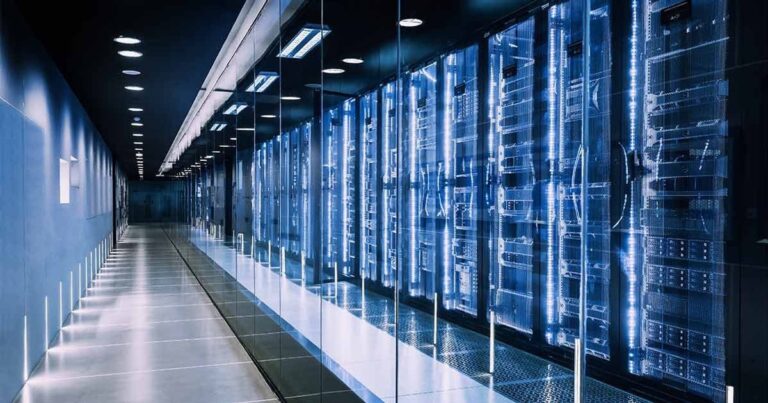“Consumers and businesses will continue to adapt to transformative technologies in their daily lives,” he said. “Edge data centers are essential to ensure seamless business operations in the future economy, while also improving security measures and protecting against potential disruptions.”
“By moving computing infrastructure closer to data sources and users, it reduces latency and will make edge IT infrastructure an essential part of the global economy.”
Strengthening digital resilience
AI continues to represent a disruptive era for the data center industry, requiring business leaders to consider how they design facilities to support the technology and meet customer demands.
But while tools like Gen AI are getting a lot of attention, growing demand is driving up electricity usage, which continues to impact the market as data centers are forced to consider how to redesign or optimize their facilities to meet demand in a more sustainable way.
Used responsibly, AI can have a tremendous impact on industries and help reduce excess power consumption. Edge computing works in conjunction with this by processing data closer to the end user, reducing overall energy usage.
For example, Meta has deployed AI throughout its data centers with the goal of making its facilities run more efficiently.
According to a JLL report, enterprises typically use a mix of different types of data centers when deploying their IT infrastructure: on-premise, colocation, cloud and edge. The continued increase in data and connected devices can be powered by AI and IoT technologies, while edge data centers will further benefit from prioritizing renewable energy sources to meet demand.
******
Check out the latest version Data Center Magazine Also, register for our Global Conference Series. Technology and AI Live 2024
******
Data Center Magazine BizClick brand


